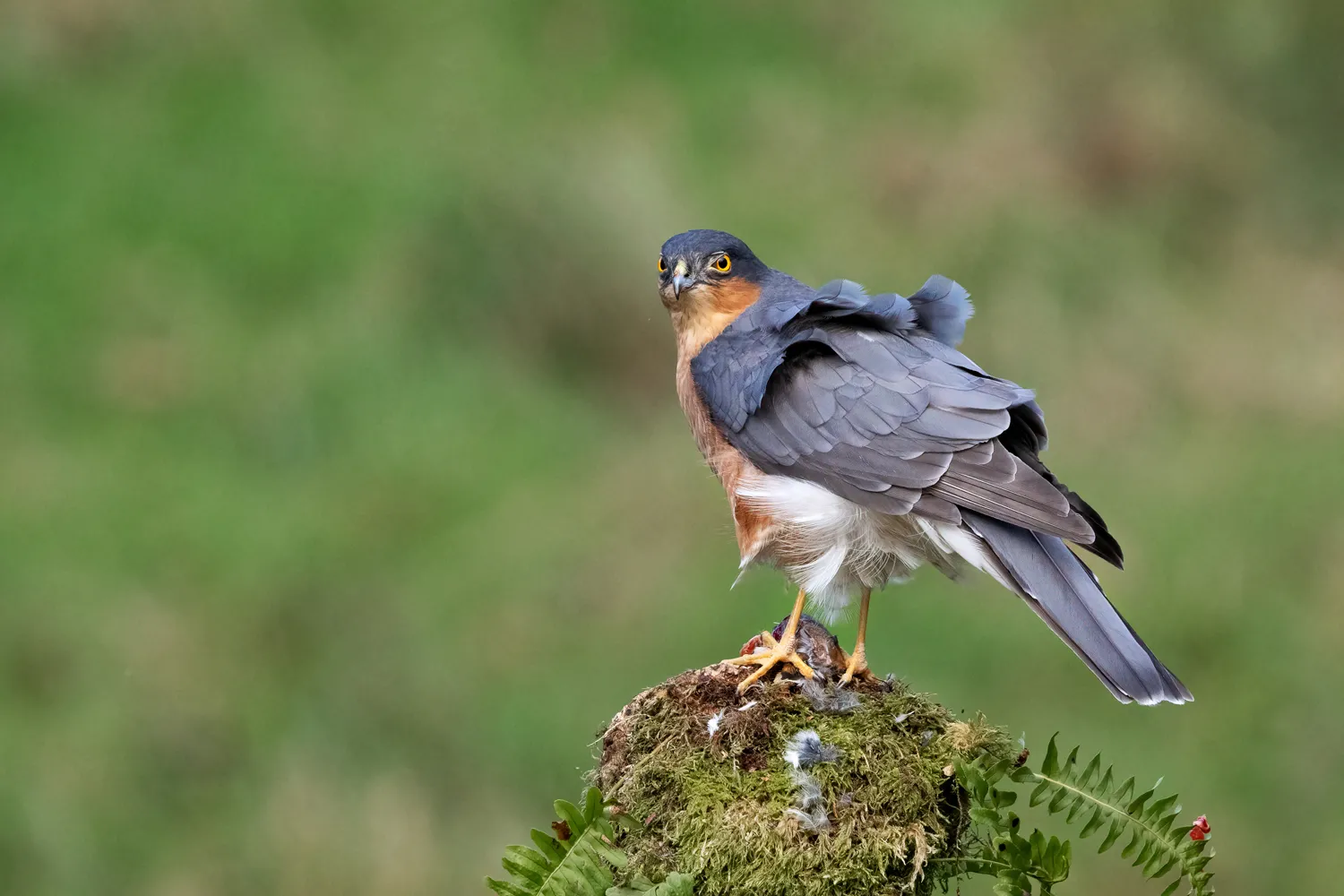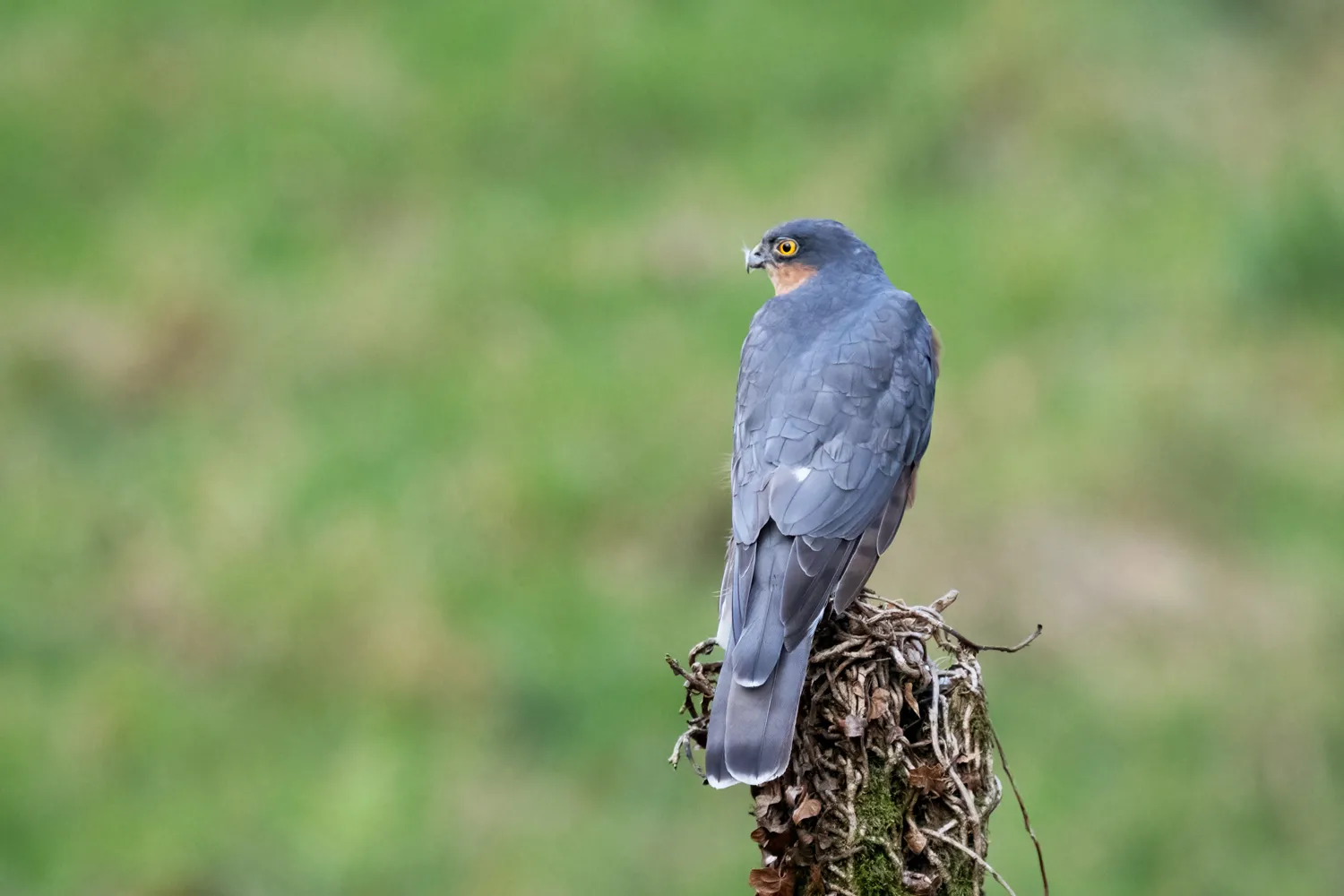The Sparrowhawk, a predator of small- and medium-sized birds, underwent dramatic declines in the 1960s because of the sub-lethal effects of organochlorine pesticides. Following a ban on these pesticides, the UK Sparrowhawk population has recovered. This recovery, which has taken place over a period when many other bird populations have been in decline, has prompted some people to suggest that Sparrowhawk predation could be contributing to the declines in other species.
The BTO Garden Bird Feeding Survey provides a suitable long-term dataset for examining the possible effects of Sparrowhawk predation on other species, and has been used by various researchers as statistical approaches have developed.
Methods
The Garden Bird Feeding Survey is an annual survey, launched in 1970, that monitors the weekly maximum count of birds observed at garden feeding stations in winter.
Various statistical approaches have been used to model data from the survey, to explore temporal matching between Sparrowhawk and other species in these data. Isolating the impact of predation on prey populations can be challenging, and it is important to note that the method used to model the effect of environmental covariates on changes in populations of birds can also have an effect on the results.
Results
Chamberlain et al. (2009), Jones-Todd et al. (2017) and Bell et al. (2010) all analysed GBFS data to test for Sparrowhawk effects on garden birds and found contrasting results. Chamberlain et al. (2009) found no significant effect while accounting for temperature and number of feeding units in the model. Bell et al. (2010), however, found significant negative effects of Sparrowhawk on House Sparrows but failed to account for any additional environmental covariates. Jones-Todd et al. (2017) fitted multispecies spatio-temporal models to GBFS data to jointly model changes in the predator and prey species, but once again additional environmental covariates were not modelled explicitly.
Swallow et al. (2019) re-assessed the question of Sparrowhawk effects on songbirds by using an array of possible covariates to explain the observed changes in songbird abundance in the GBFS dataset, while using two alternative model formulations to test for consistency in the results. They found significant negative relationships between Sparrowhawk and three of the 10 species analysed, namely House Sparrow, Starling and Blue Tit. It is not clear if these relationships represent a direct negative impact on the overall populations of these species or a behavioural response of the prey species to avoid feeding stations frequented by Sparrowhawks. While the associations could be causal in nature, it is important to underline that, in practical terms, the reduction in the rate of change in numbers visiting gardens accredited to Sparrowhawks is relatively small, and so unlikely to be the main driver of observed population declines.
Outputs and outcomes
Modelling Sparrowhawk impacts
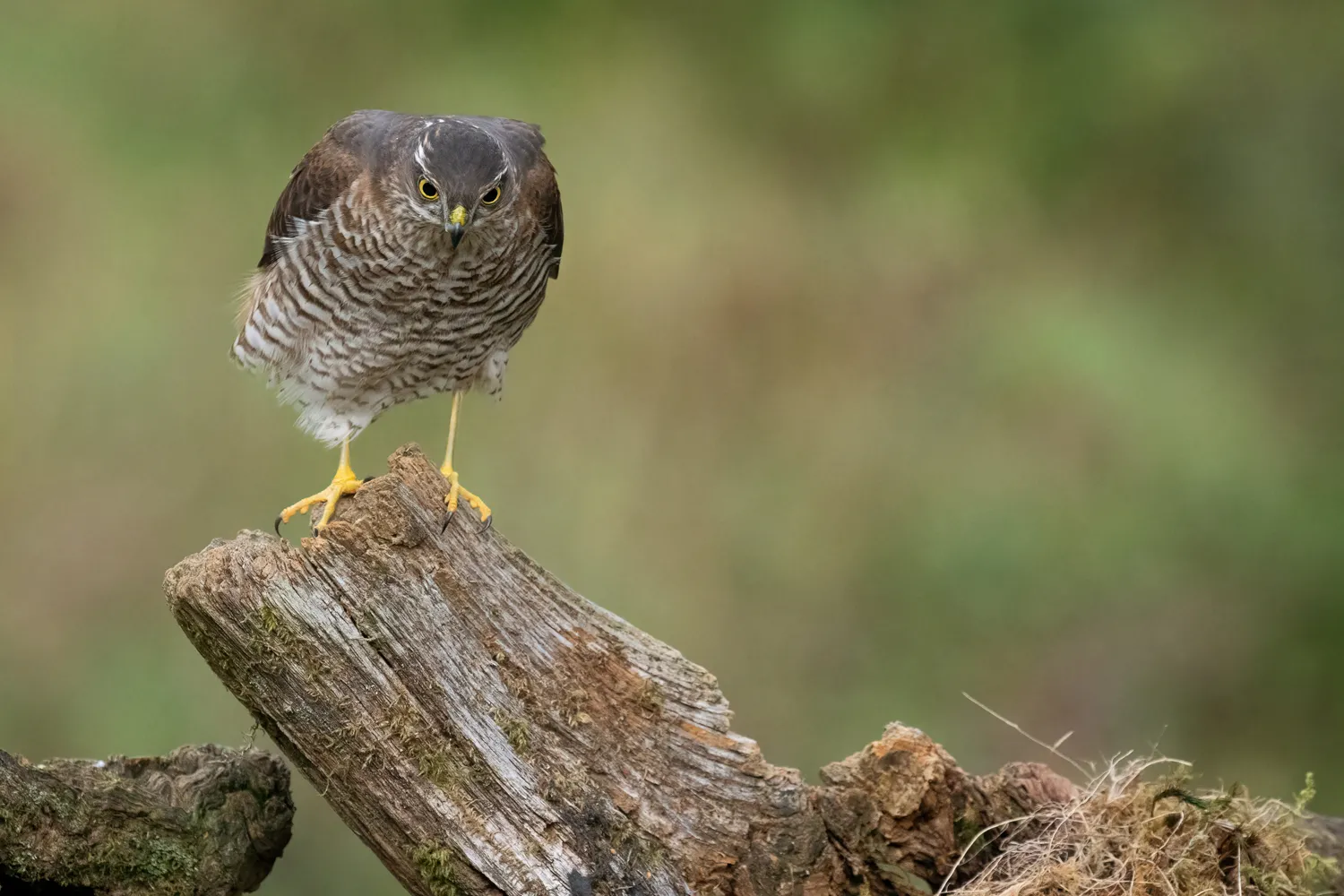
Sparrowhawks and songbirds
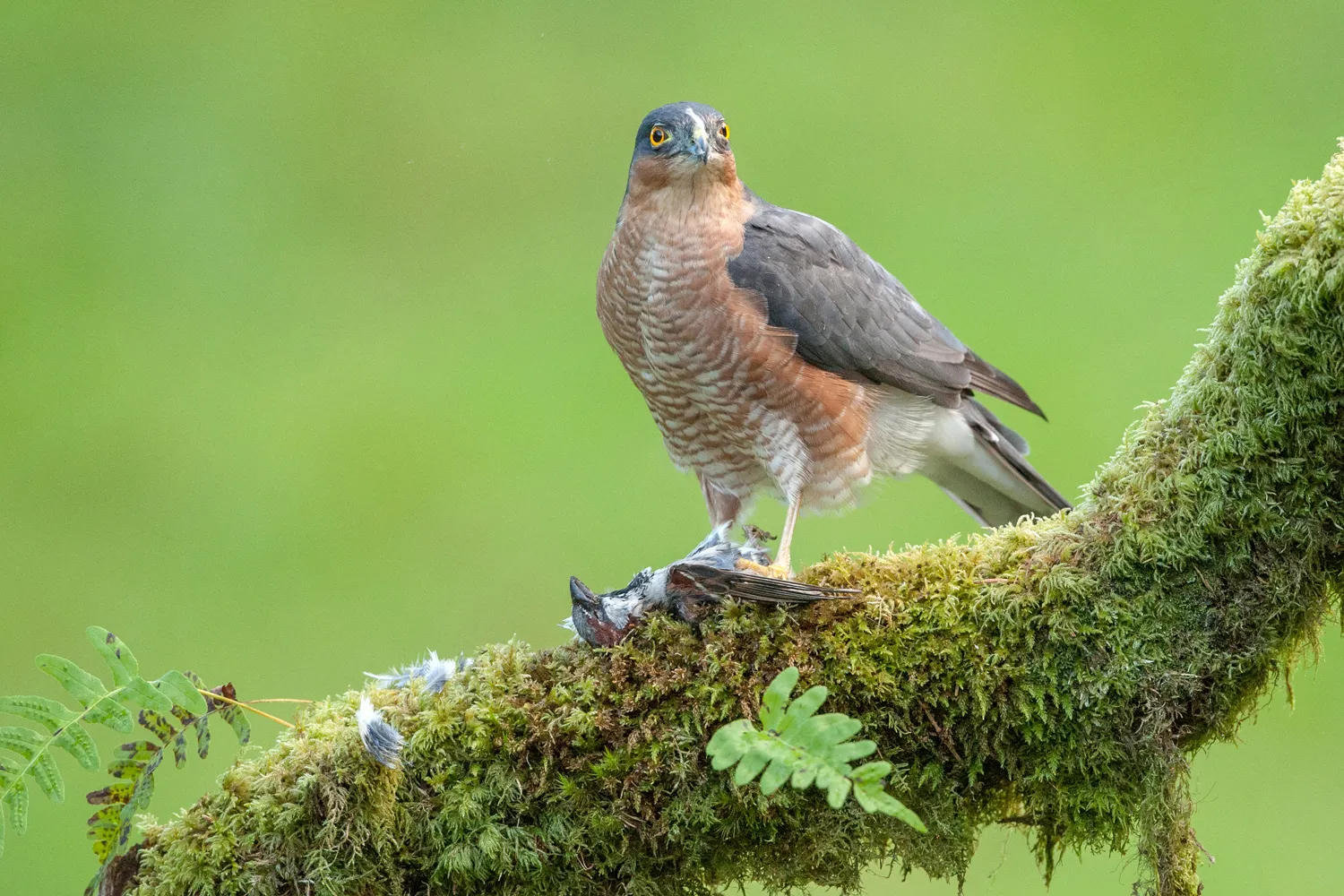
Sparrowhawks and garden use in winter
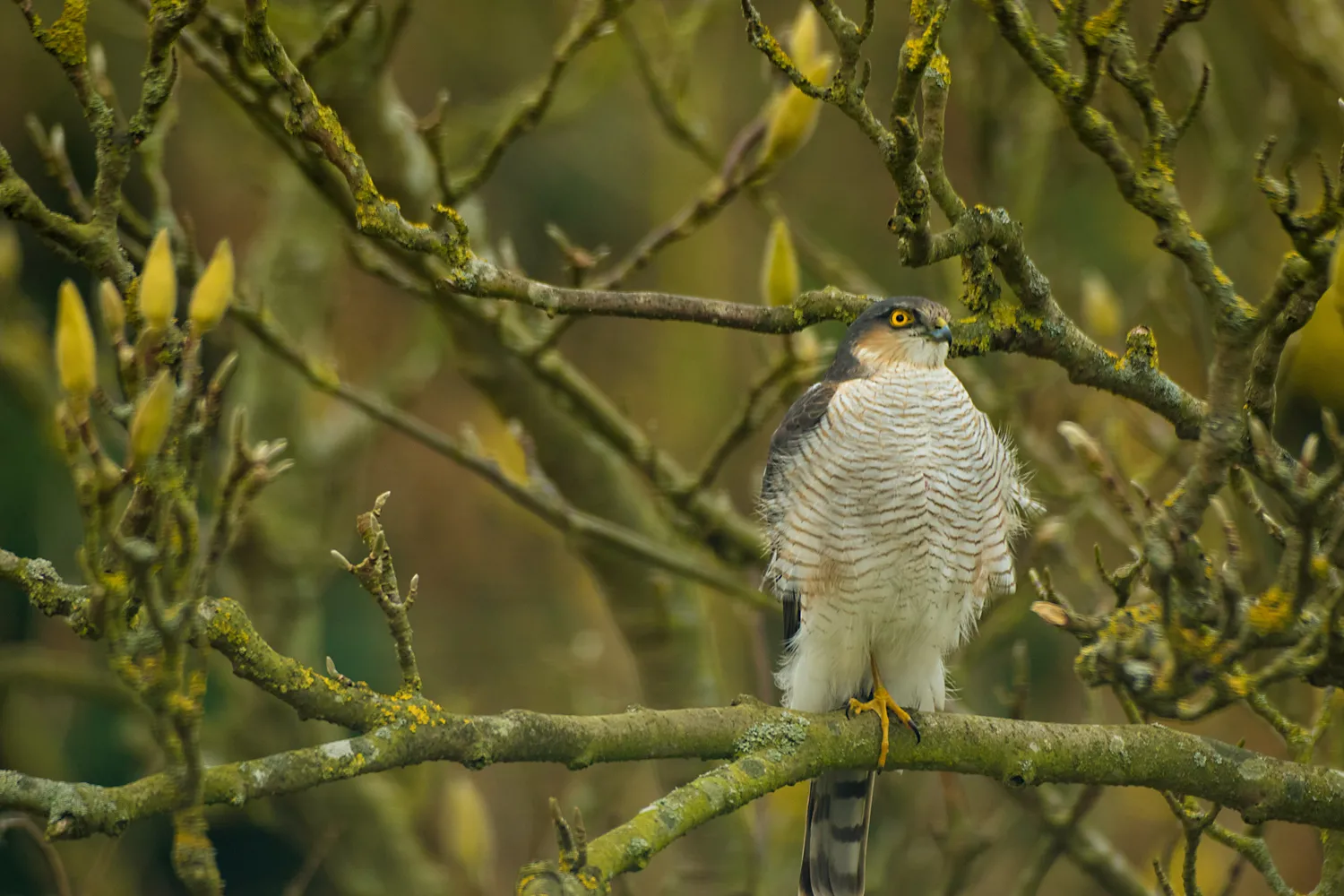
Sparrowhawks and House Sparrows
